Disclosure: Meeple Mountain received a free copy of this product in exchange for an honest, unbiased review. This review is not intended to be an endorsement.
Between Roll Player, Roll Player Adventures, Lockup: A Roll Player Tale, and all the Roll Player expansions that have hit the streets over the years, players can get their hands on plenty of great games in the Roll Player family.
I received a note from Keith Matejka at Thunderworks Games (Cape May) after seeing him at GAMA Expo a few months ago—Thunderworks has a new game coming soon and Keith was kind enough to provide a prototype of Dawn of Ulos, which is now live on Kickstarter.
Dawn of Ulos is another game in the world of Roll Player, and this one is just like all Thunderworks products in one distinct way: the games are incredibly easy to teach but still provide a rich mid-level experience thanks to simple concepts.
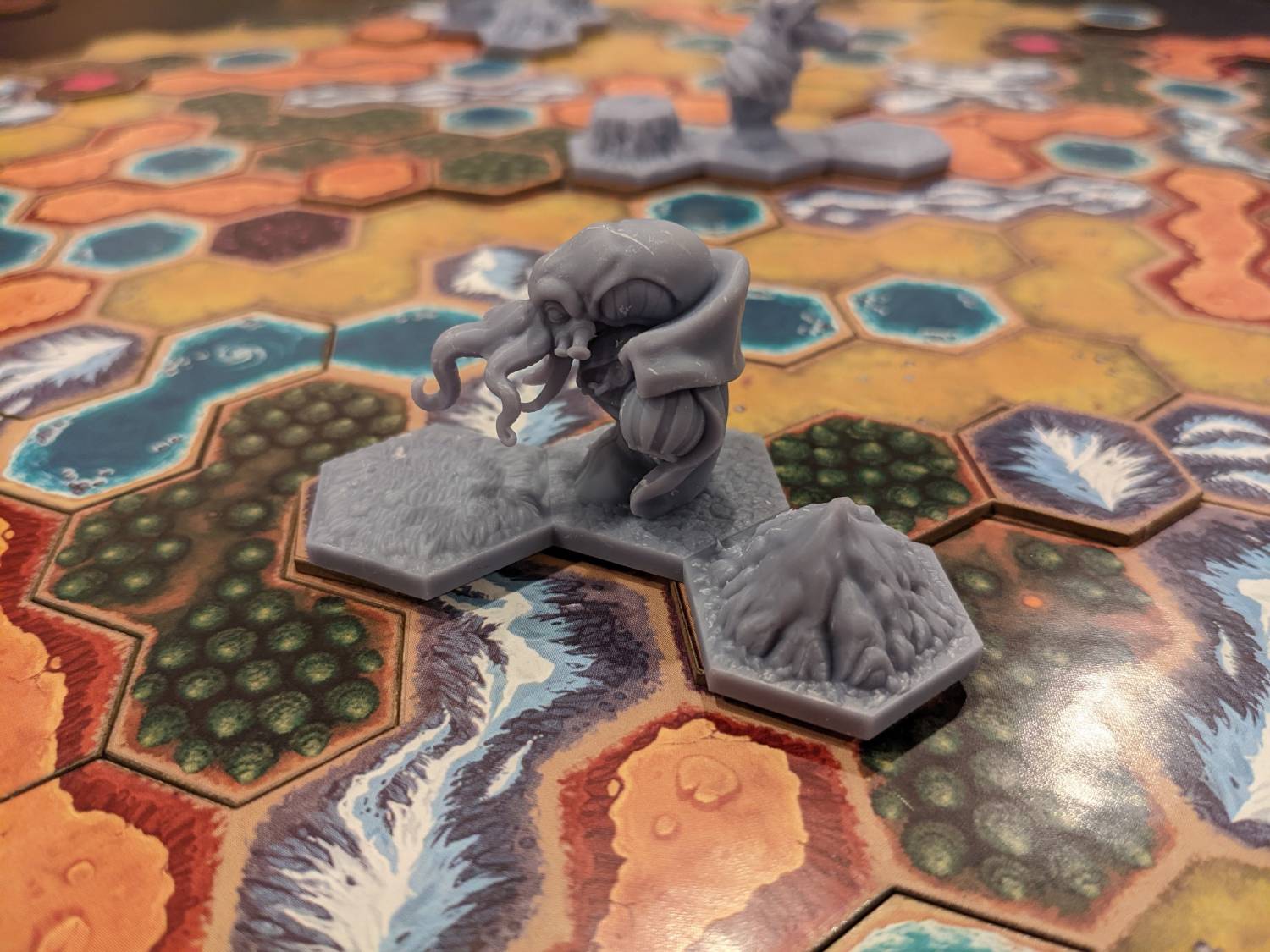
Acquire, Indeed
Even during my first play of Dawn of Ulos, one of my review crew members called out the similarities to Acquire, a game he “grew up on” as a kid.
Acquire is a game so old that it is the 5th game registered in the BGG online catalog of games. Acquire is a real estate game, one that I’ve never played but heard great things about from others.
Dawn of Ulos, at its heart, is a market manipulation game featuring five different factions each game, including things like Orcs, Ogres, Goblins, and something called a Flayer that looks a heck of a lot like an octopus.
Players take on the roles of gods who are looking down on the ravaged landscape of Ulos. A dragon god has opened up rifts in the land, bringing all manner of races together as they fight it out to take over Ulos.
These gods decide it would be more fun to put money (whoops, Favor) on the outcome of these conflicts than do something truly positive to help out, so each player’s goal is to end the game with the most Favor, by investing in factions they believe will be on top by the conclusion of battle.
This also means that these gods have some pretty shrewd investment strategies, based on knowing when to buy low and sell high—or maybe, not sell at all—is ultimately the key to victory.
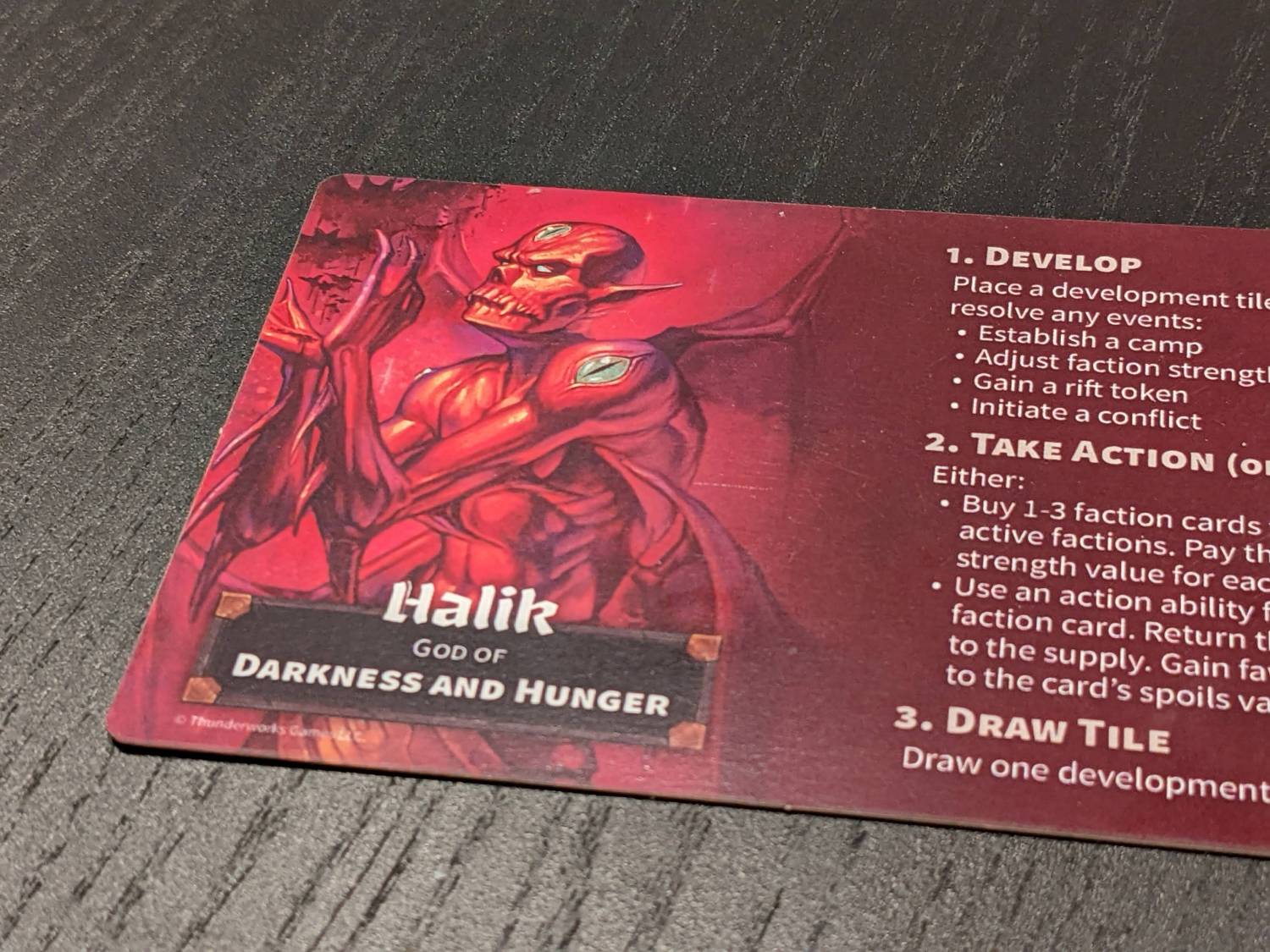
Blink and You’ll Miss It!
Using a large map with six different terrain types, factions are slowly introduced onto the board using Camp Markers. These minis represent the home base of each faction, and remind players of the two terrain types each faction prefers to live within, known as Foundation Terrains.
Factions are represented on the board with the Camp Marker, and in your hand they are represented by faction cards. Each faction is a 16-card deck that essentially serves as shares in that faction. Each faction card also has a power that can be used by discarding a card.
After factions are on the board, players take one of their three development tiles to slowly grow any single faction’s territory. Play a tile that matches that faction’s Foundation Terrains, and that faction’s Strength grows from “Lost” (when a faction isn’t on the map yet) up to a rating as high as 10.
Why is Strength so important? That’s the amount of Favor (cash) each player has to pay to buy cards from that faction’s pile of 16 cards. Buy those cards when Strength is low, and prices are cheap. Wait until a faction is so strong that it becomes valuable, and prices will be exorbitant.
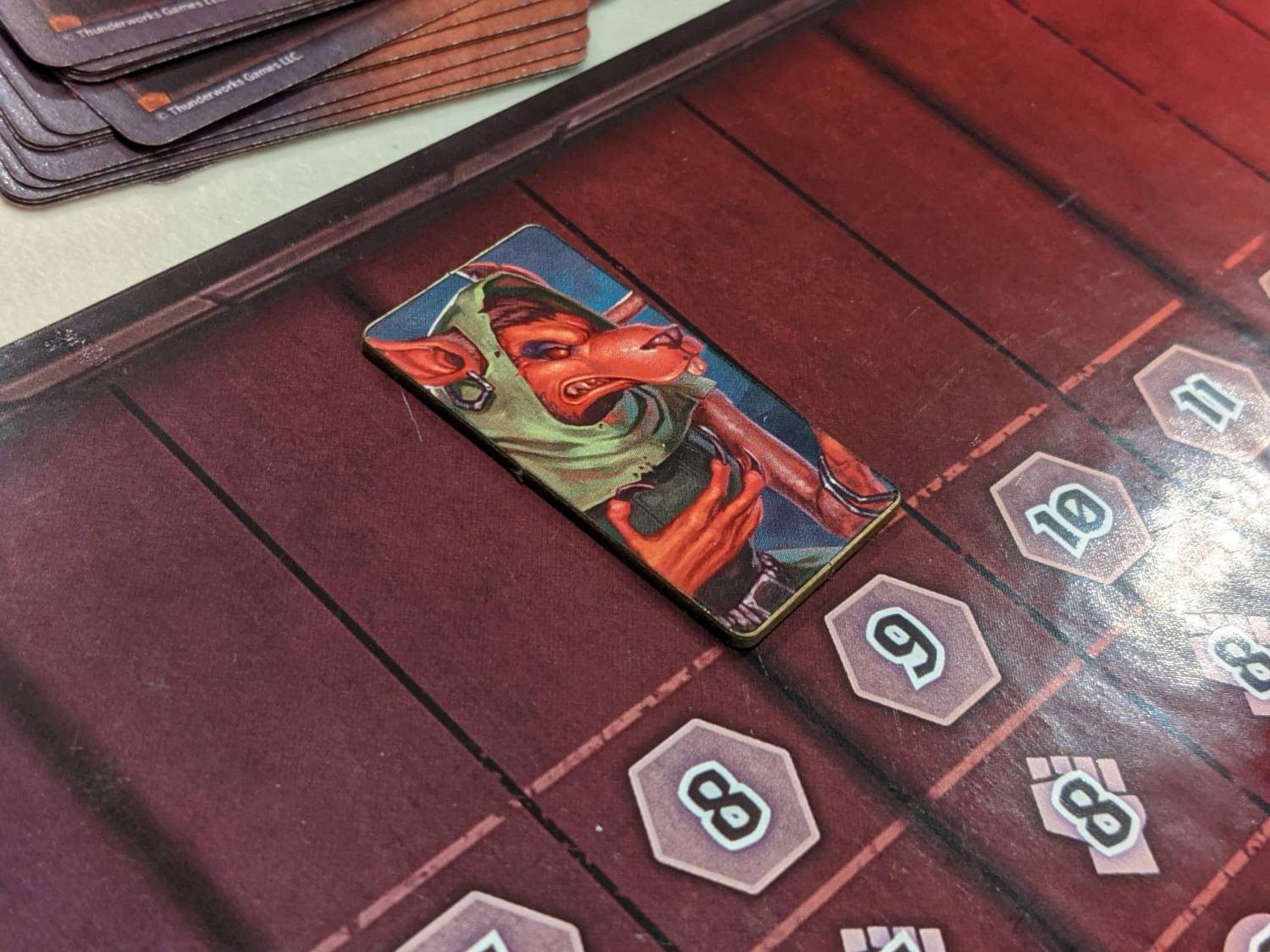
If a player places a development tile—each tile is a two-hex piece, usually with two different terrains listed—in a location that happens to connect the territories of two different factions, that placement will initiate a conflict. The winner gets all of the land mass of those two factions, and the loser will be sent back into a rift in the map, Lost until another player puts them back on the map.
Combat is quick. Using each faction’s base Strength, each player can secretly add Strength to a faction by playing cards from their hand to boost their chances at victory. This comes at a cost—losing half of any played cards, rounded up—but it might protect an investment that a player needs to win the game.
After development tiles are placed, players can either buy 1-3 cards from any faction’s pile that isn’t currently Lost or use an active faction’s power listed on one of the cards. Then a player draws a tile from the supply and the next person takes a turn.
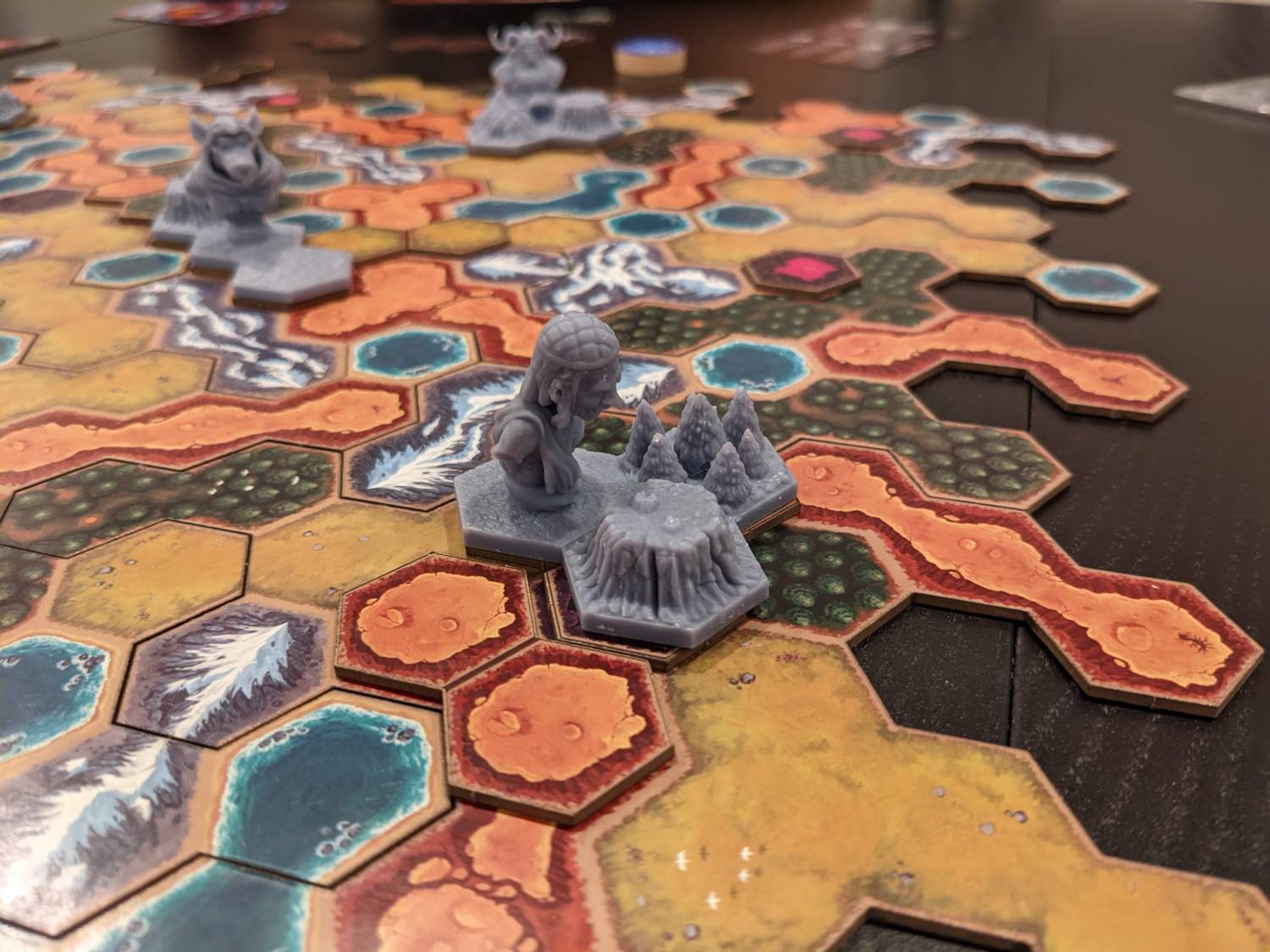
Breezy
Dawn of Ulos uses these nifty mechanics to deliver a simple teach as well as fun ways to manipulate the factions a player wants to see win battles. How do I boost my Frogkin investment without tipping off other players that most of my hand of cards support that faction? Can I play a tile that edges a faction close to, but not quite at the level of, a combat, so that I can get a tile into my hand that helps grow the strength of another faction?
Also lying around the landscape: Rift tiles. These tiles, when adjacent to a played development tile (or revealed as the result of a combat action), provide powerful one-time bonuses or end-game points if they are not used during play. Finding ways to play development tiles to gather these Rift tiles is another way to gain Favor, but it’s more interesting to see players solve the puzzle of acquiring them.
Like Cartographers and Tenpenny Parks, Dawn of Ulos has a fun polyomino element that rewards a player who can figure out how to align shapes to achieve victory. As an old-school Tetris guy myself, I like that visual puzzle. It’s easier to solve here, and my games of Dawn of Ulos have been breezy, typically playing in 60-75 minutes including a short teach.
Dawn of Ulos also has a small footprint, so getting it onto my 6-foot folding table even with 5 players is easy to do. While I am using a prototype version of the game, the artwork does the job and the board is also fine. The best part of the prototype is the Camp Markers, although some of them are difficult to discern because some of the faction artwork is so similar. (It’s helpful that each Camp Marker also has the two favored terrain types of each faction for reference.)
The number of times I confused the Goblins, Orcs and Sheki for one another was comedy; these minis will need a bit more separation to make this easier on the players.
While I wonder what the final Favor tokens will look like, the denominations (1, 5, 25, 100) didn’t work for me, so I usually substituted my Iron Clays instead. Gods need poker chips to play investment games!!
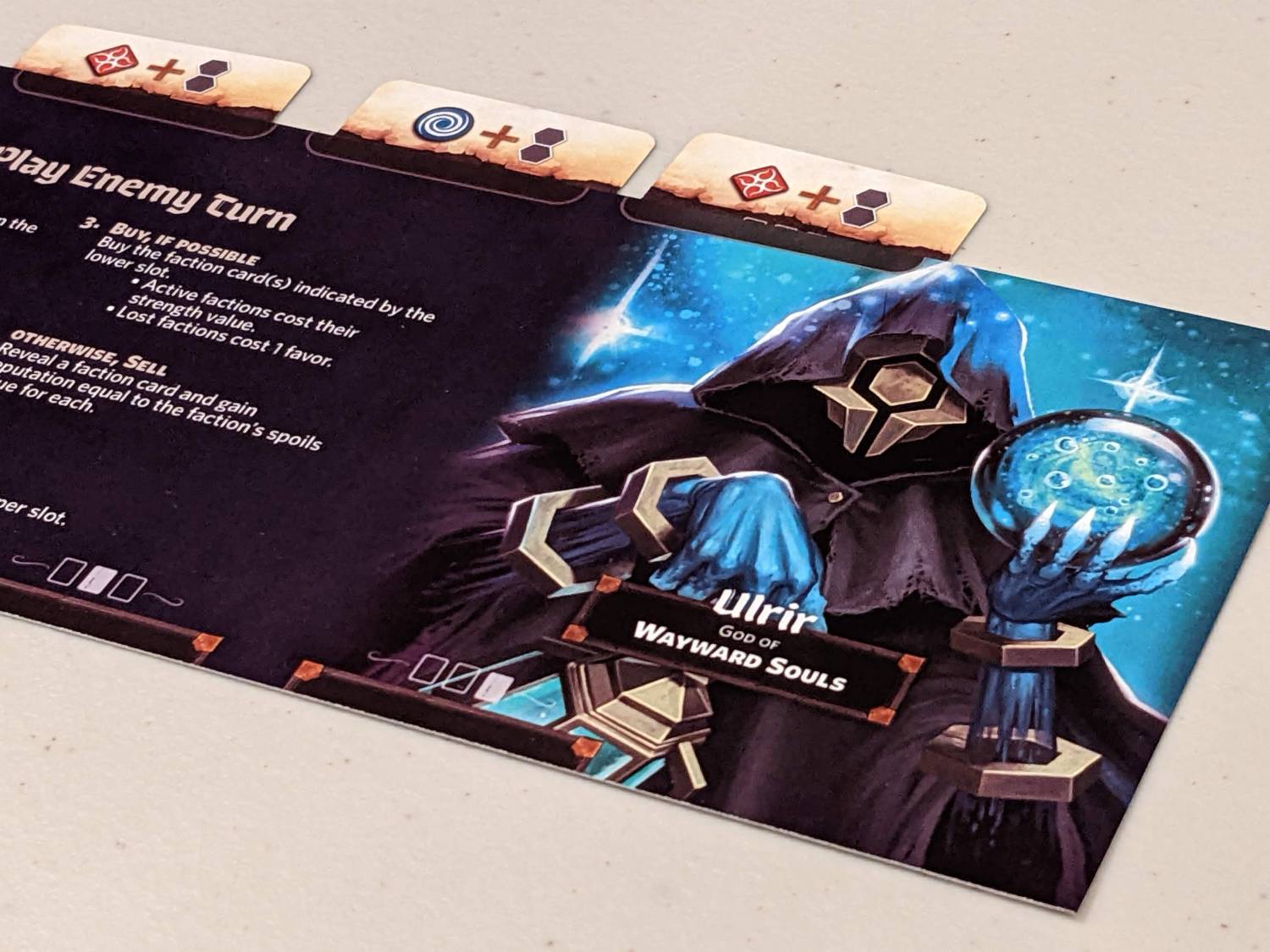
Mostly Solid
Although there are three different end-game conditions in Dawn of Ulos, the one that ended most of my games was when the supply of development tiles runs out, especially in high player count games. (Games could also end when two different factions reach the end of the Strength track, which makes a faction “legendary” and adds more Favor to each of their cards at the end of the game.)
And, the way Dawn of Ulos plays, I am curious to see if there are any distinct advantages to taking the final turn in the game. Hand cards are secret, but one can get a sense of what everyone is holding based on their actions. One player may be able to carve out battles in such a way that it could greatly influence their preferred factions, especially if they know that no other player can get a final turn in.
A note about player count: I’ve played Dawn of Ulos solo, at two players, and at four players. Four players is absolutely the way to go, at a minimum; I was never able to get this at a full count of five, but that is where I think the game should live if you have a larger group.
Solo is fine, but not very interesting as players have to manage a deck of smaller cards that drive what the automa will do against a single player. I was surprised how long my solo plays took, and the interaction you get from larger player counts make Dawn of Ulos much more enjoyable.
At two players, my wife was very happy to hear that we were gods investing in factions instead of battling in the game’s combat structure. Still, two players wasn’t as much fun as with larger counts.
Dawn of Ulos is fun and simple to teach—just as the game pushes into “overstaying its welcome” territory, games will usually be over. The theme didn’t draw me in nearly as much as the gameplay, but then again, I’m not a hardcore Roll Player guy.
As a fan of market manipulation games, the core mechanics of Dawn of Ulos worked well for me. Dawn of Ulos is not a future hall of famer, but it is a fun ride, particularly for those able to get a full five-player count to the table.


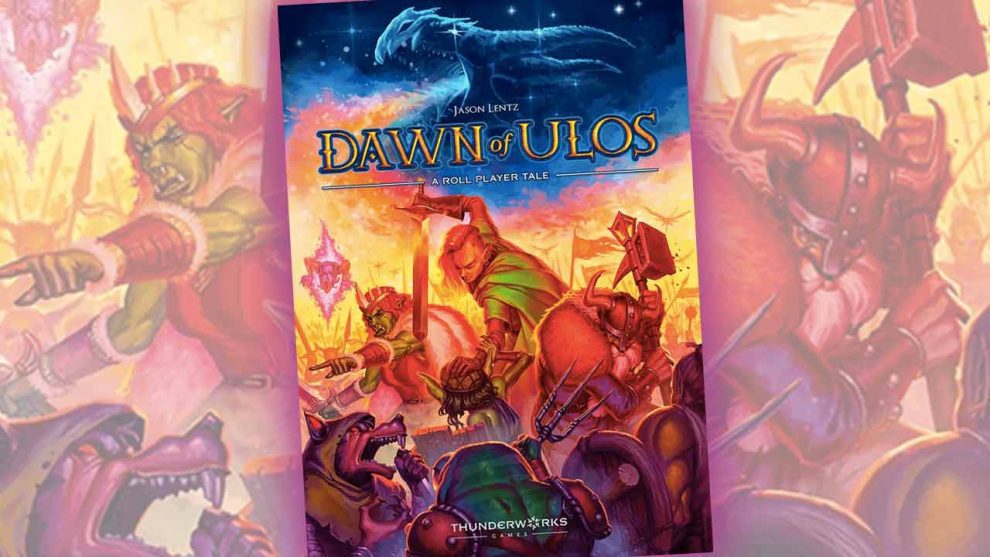

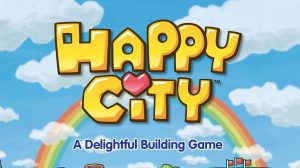
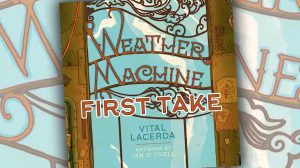
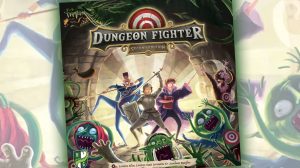





Add Comment